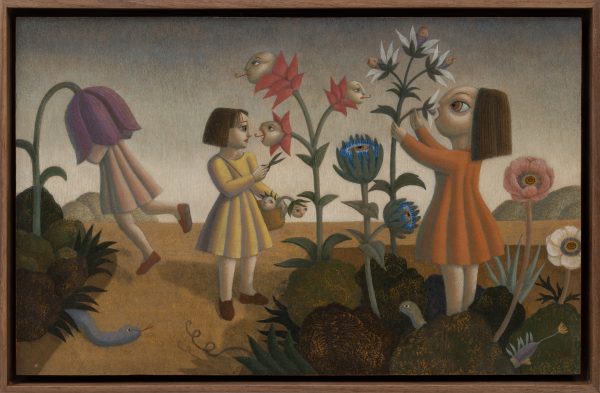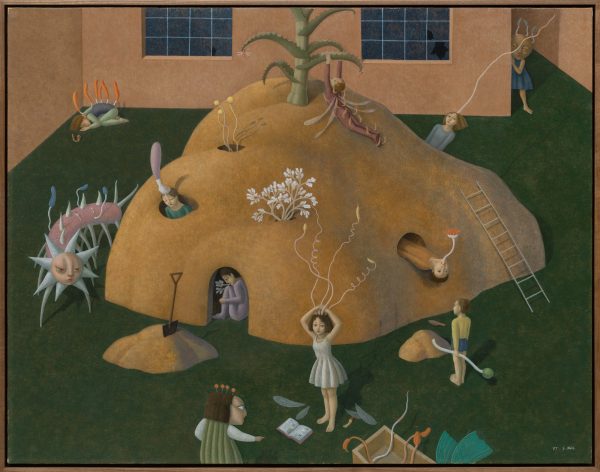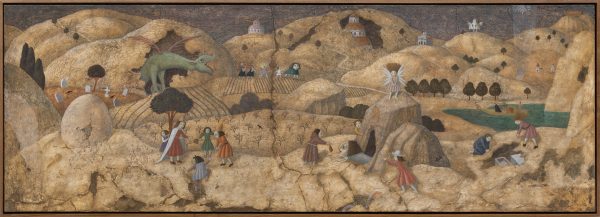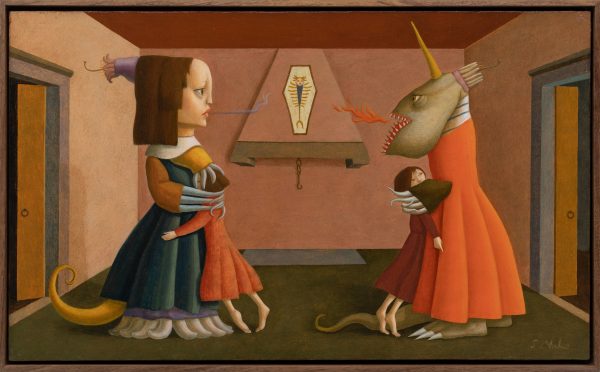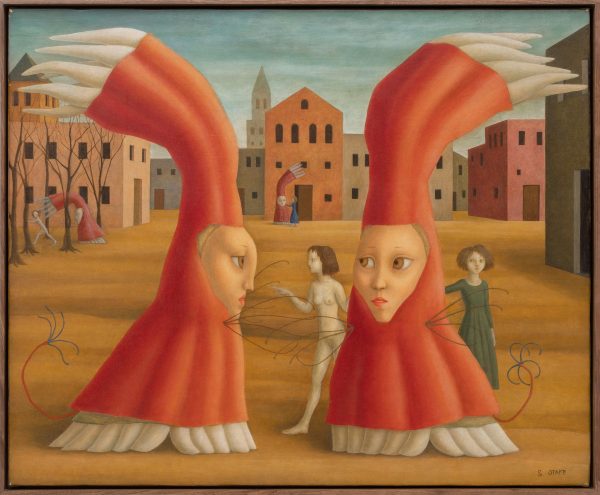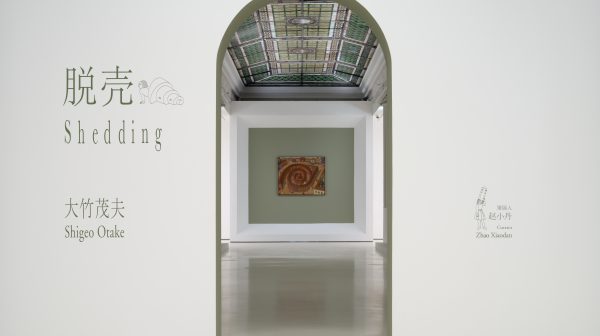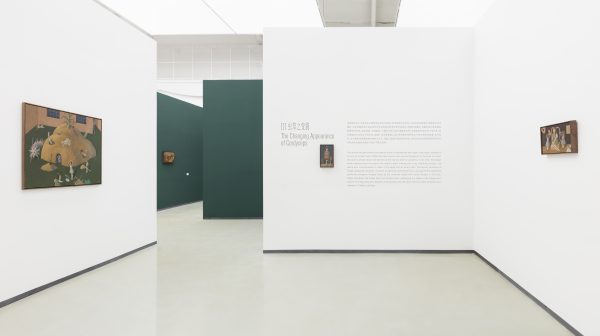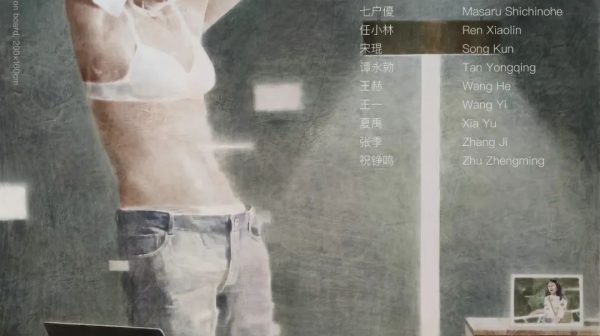Shigeo Otake: Shedding
2025.04.26-2025.06.03
Hive|Shanghai
Shigeo Otake: Undefined Spectacle
2023.3.21-2023.3.25
basel
Shigeo Otake: Fungitopia
2023.3.4-2023.4.16
Hive | Beijing
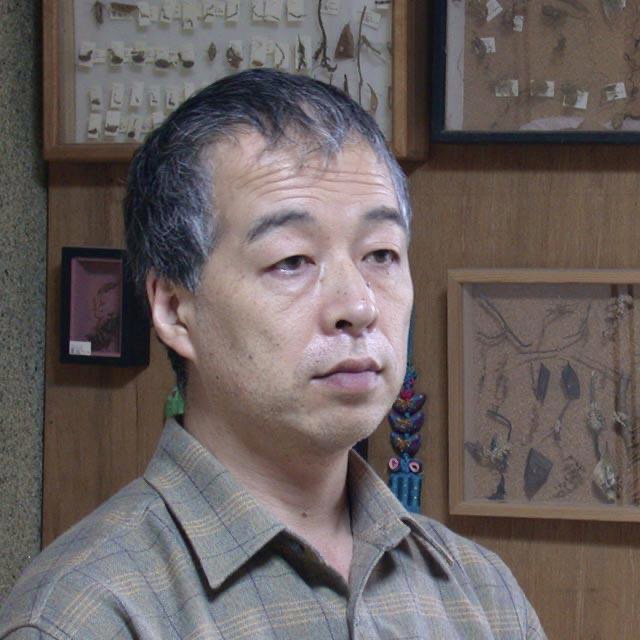
Shigeo Otake
Shigeo Otake was born in Kobe, Japan, in 1955. In 1974, Shigeo Otake enrolled in the Department of Fine Arts at Kyoto City University of Arts and joined the oil and mural painting class in 1976, studying fresco and tempera painting under Koji Yamazoe. Having benefited from the trend created by the enthusiasm of his school for the early Italian Renaissance at that time, following his predecessors, Otake embarked on a two-year journey in Europe, especially in Italy and Spain, from 1976 to 1978. He later received his bachelor’s and graduate degrees from Kyoto University of Arts in 1979 and 1981, respectively, and after graduation, he worked as a domestic artist researcher for Japan’s Agency for Cultural Affairs under the mentorship of Jōsaku Maeda.
Since 1982, Otake has had many solo and group exhibitions in Tokyo, Kyoto, and Kobe and has a devoted audience. In 2009, he appeared in the “Cordyceps” episode of Japanese network NHK’s documentary program “Time for Enthusiasm: hobbies in the busy time,” leaving a great impression on the audience as a painter with a passion for Cordyceps. A member of the Japanese Society of Cordyceps, he participated in the editing and preparation of Cultural History of Vegetable Wasp & Plant Worms, published by Ishida Taiseisha in 2012. Mainly edited by Yasumasa Okuzawa, this book features numerous photos of the fungus collected by Otake on-site in Kyoto.
Japan in the 1980s was once regarded as the epitome of publishing in Asia when a significant amount of European literature flooded into the Japanese market. In 1988, Shigeo Otake collaborated with the science fiction giant Hayakawa Publishing, and for more than a decade since, his paintings have been featured on the covers of several volumes of Japanese translations of the literary works of renowned American educator Torey L. Hayden. In 2000 and 2005, in collaboration with author Haruki Amanuma, he published children’s books Alicetopia and Little Red Riding Hood by Parol-sha, in which Otake illustrated the classical literary motifs of “Alice in Wonderland” and “Little Red Riding Hood”. In Alicetopia, Otake painted a fascinating urban maze full of strange creatures.
Throughout human history, people have been attracted to strange creatures hybrid with several kinds of species, such as the Pegasus in ancient Greek mythology, the Chimera (with the fore part of a lion, in the hinder a serpent, and in the midst a goat), the mermaid, and the Nue (with the head of a monkey, the limbs of a tiger, the body of a Japanese raccoon dog and the front half of a snake for a tail) in Japanese mythology. The inhabitants of Shigeo Otake’s world of paintings are intertwined with everyday life and concealed from reality. His practice was first inspired by insects and sea creatures. In 1985, he dug up a cicada Cordyceps in the yard of his studio; the immature sporocarp emerged from the body of the cicada larvae parasitized by mycelium, which drew the artist from the edible fungus to the more bizarre world of Cordyceps. Cicadas, spiders and other larvae infected by the fungus enclose the human form, making appearances in his work in turn.




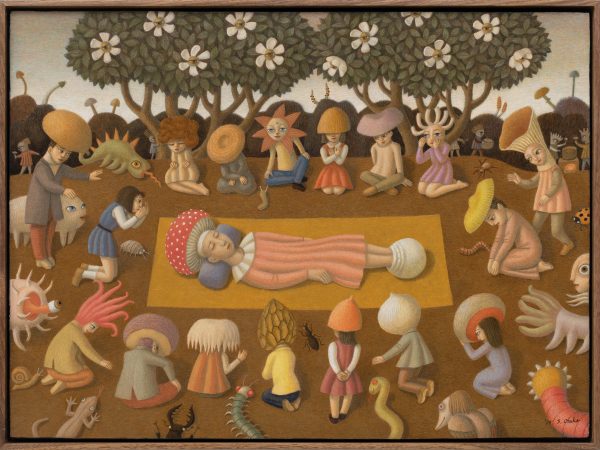



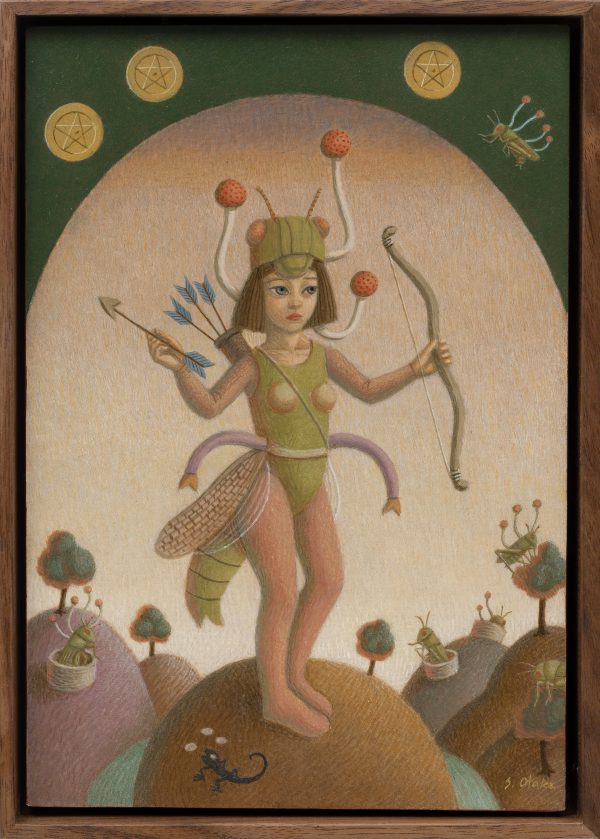





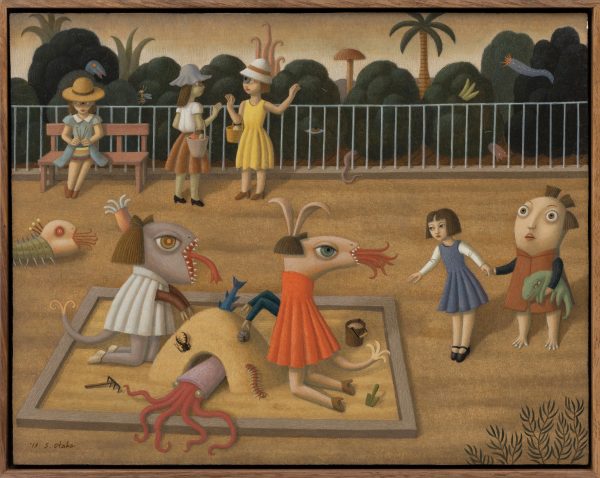
-2012-坦培拉,木板油画-33.4×19.1cm-600x1024.jpg)



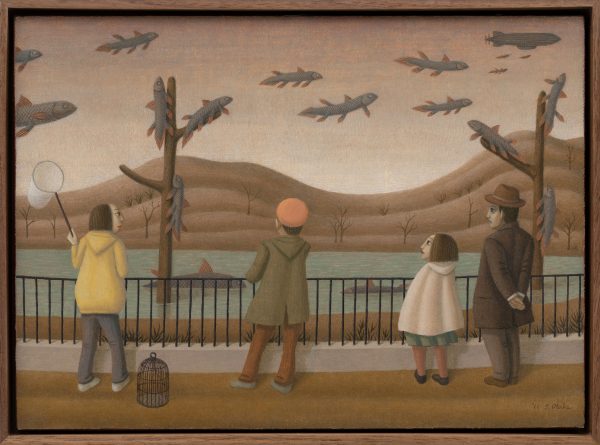
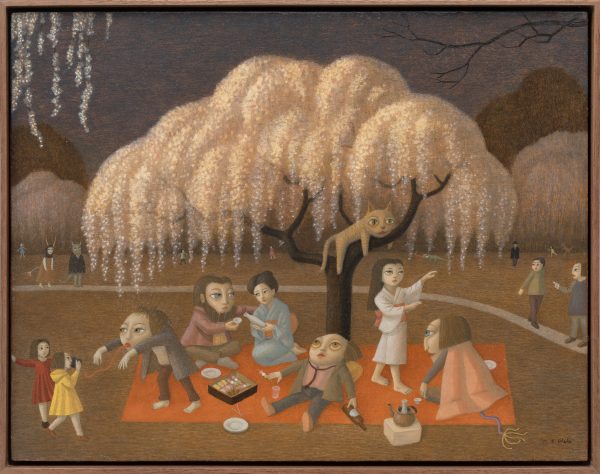




Spider-BrideUnika-2009-坦培拉,木板油画-24.3×33.4cm-600x441.jpg)







